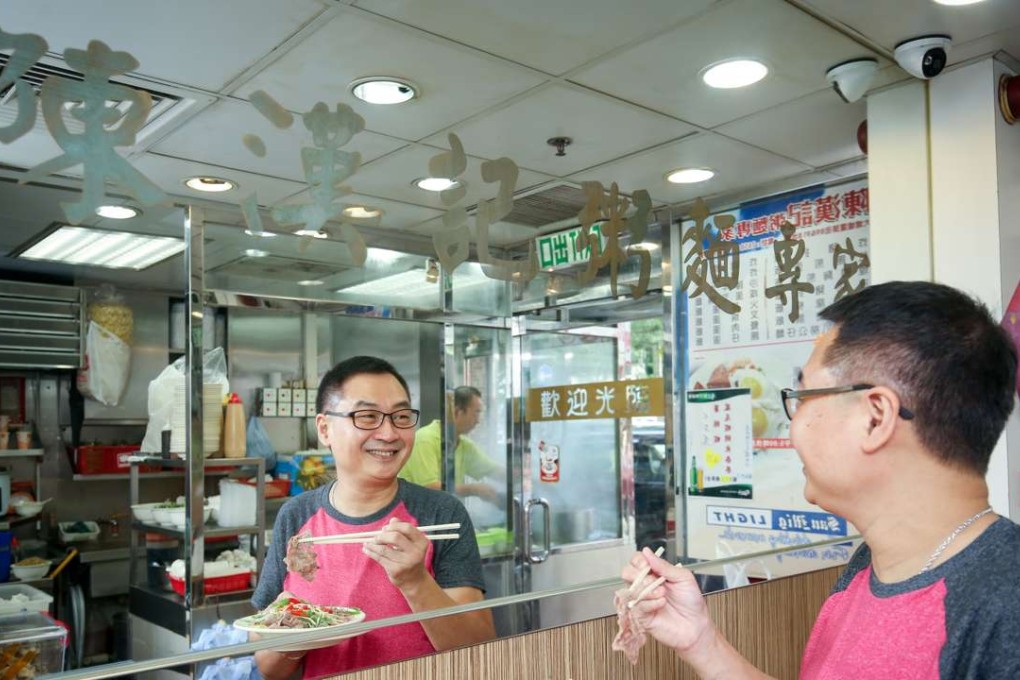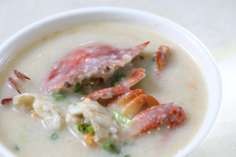Why Hong Kong’s local cuisine has evolved to become a symbol of the city’s identity
As the city struggles with an identity crisis, those restaurants still serving dishes that defined a generation are finding it pays to remain true when cooking up the old family favourites

In an open kitchen joint in Tai Po, a pan sizzles as Wong Wing-leung deftly flicks it with his wrist. The smell of Hong Kong cooking wafts through the bright, airy restaurant. Orders scrawled on slips of paper line the metal countertop as busboys scurry back and forth.
Wong owns Chan Hon Kee, one of Tai Po’s oldest cha chaan teng, or restaurants, which serves a mix of affordable Chinese and Western fare unique to the city. Opened by his uncle in the early 1960s in Tsuen Wan, the restaurant relocated to Tai Po about 30 years ago when Wong took over the business.
“In the early 1960s, we only served noodles. The noodles haven’t changed, but I’ve added many more items to the menu like our famous clay pot rice,” Wong said. “The flavours have definitely changed, but change is good. You have to evolve with the times or you’ll get left behind.”
Restaurants like Chan Hon Kee are part of a bustling Hong Kong food scene that in recent years has been gaining legitimacy as a distinct cuisine both locally and abroad.
Local food words like char siu and milk tea were added to the Oxford English Dictionary earlier this year. In July, a hawker stall serving Cantonese soy sauce-braised chicken in Singapore’s Chinatown was awarded a Michelin star.
